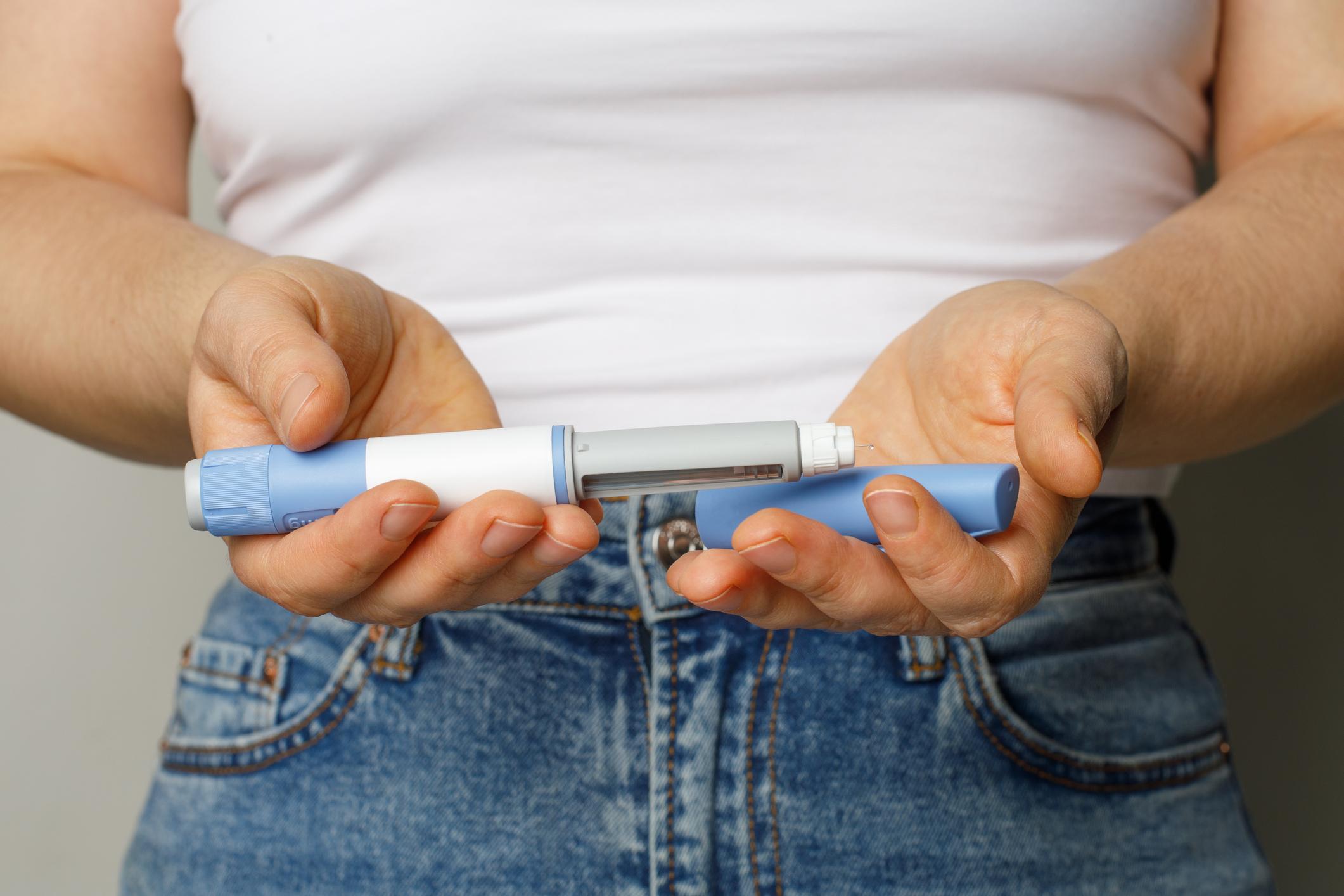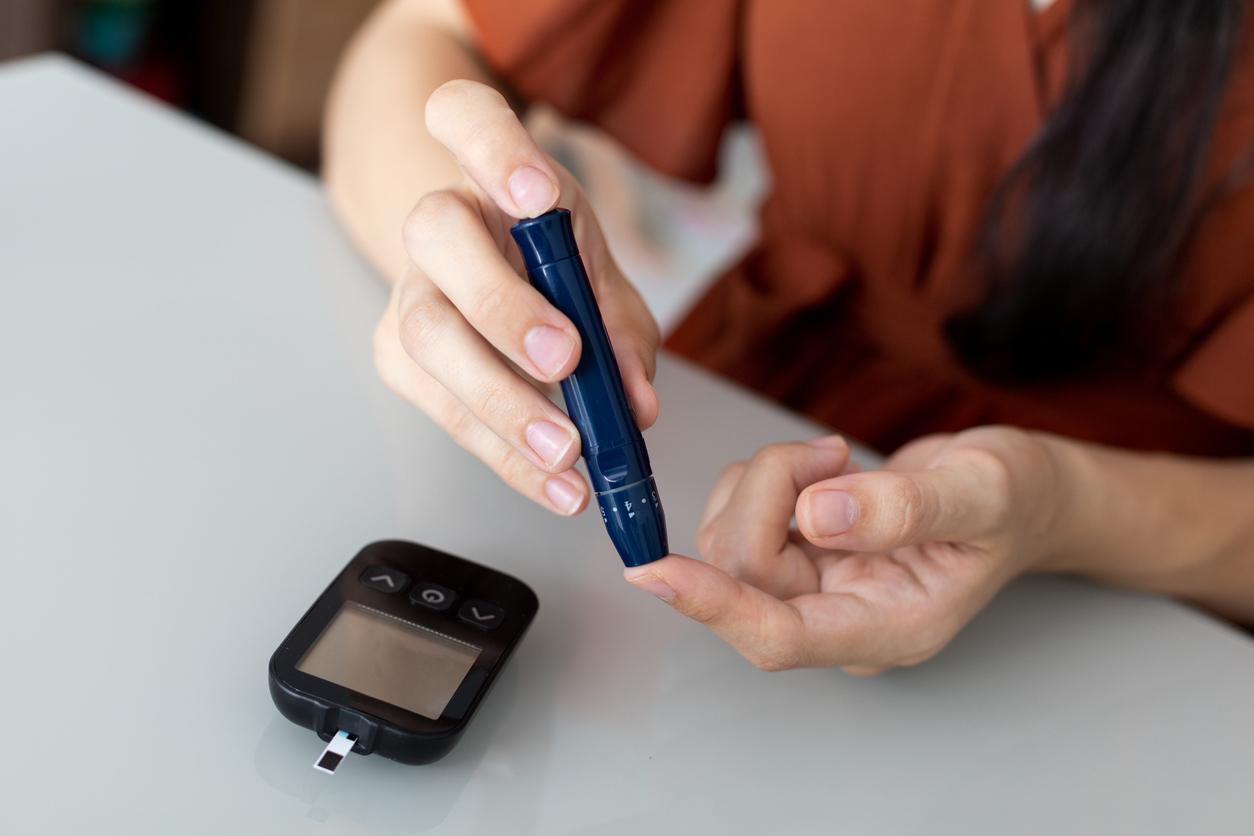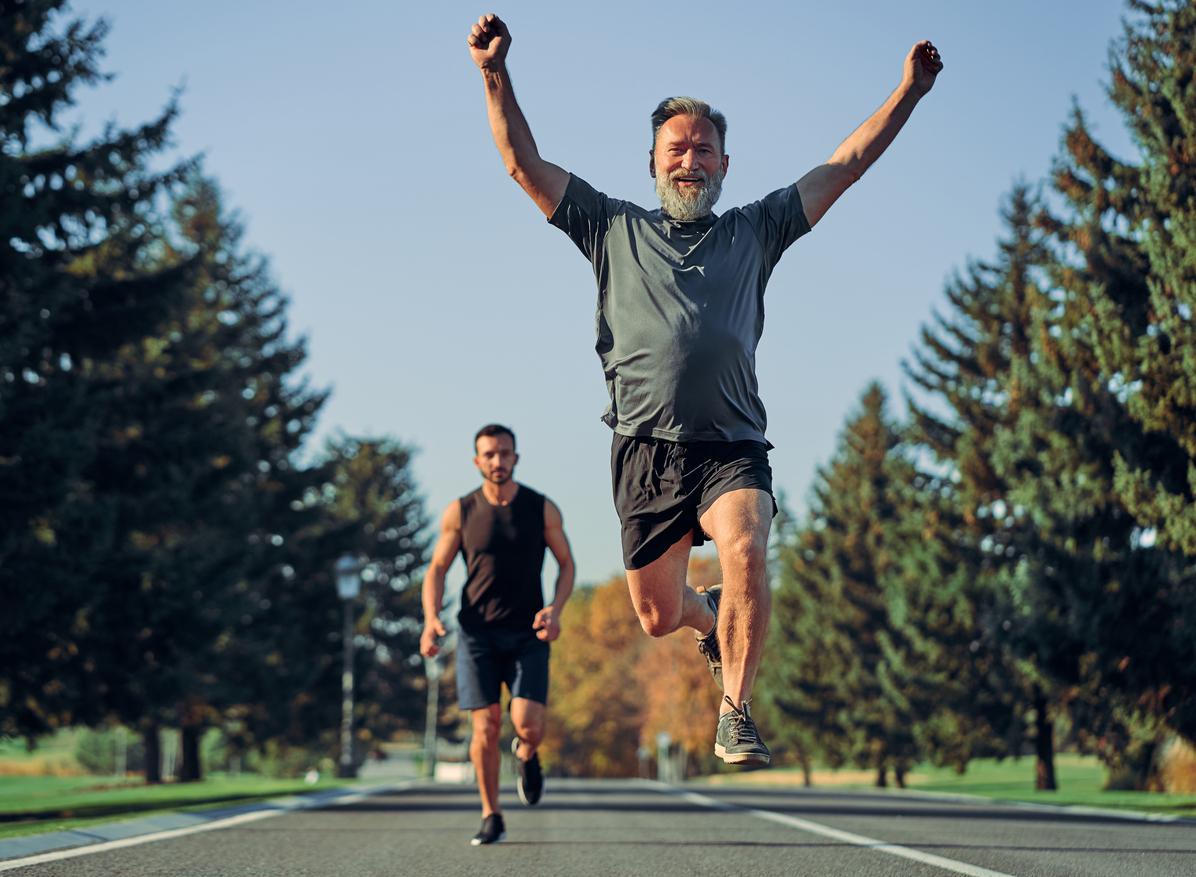
‘Sitting is the new smoking’, it is said. The longer you sit per day, the higher the risk of diabetes and cardiovascular disease. That sounds like just ‘exercising’ is really healthy. No, it is not. Standing and strolling is also very good, and sometimes even better. This is the conclusion of doctor and researcher Bernard Duvivier of Maastricht University. What’s up with that?
1. Can you really reduce your risk of developing diabetes by sitting less?
Yes, that is indeed suggested by our study in healthy people of 21 years. We each had them follow a different ‘exercise diet’ three times: a sitting regime, a sports regime and a standing and strolling regime. Incidentally, their diet was equal in the sense that they consumed the same amount of calories. During the sitting regime they sat for 14 hours a day and were also ‘allowed’ to walk and stand for two hours. During the sports regime, they sat one hour less each day and exercised intensively in that hour – they cycled hard. And during the standing and strolling regime, they exchanged five sitting hours for 3 hours standing and 2 hours strolling.
After each of these 3 regimens, we examined insulin resistance. Insulin resistance says something about sugar regulation in the body and is a risk factor for diabetes. What turned out? Insulin resistance improved more in the standing and lounging group than in the sports group. In other words; sitting a lot in one day is not good for your insulin balance. This increases your risk of diabetes. Exercise is better for you than sitting. But even better than an hour of exercise a day is ‘not sitting’ and standing or walking. Incidentally, this research was done on a small group of people, in a short period of time. So there is no rock-solid evidence, but it is in the same line as research that has already been carried out by others.
2. Why is standing so much better for you than sitting? What then happens in the body?
When you sit, your body is put into a kind of sleep state. When you stand up, your whole body is activated, your heart rate goes up and your blood is pumped faster. If you stand up, the sugars are absorbed faster from the blood and the insulin balance also improves.
3. But isn’t exercise even better?
Exercise is indeed very good for health. But our research shows that you also need to sit less. We have not investigated what happens to people who exercise for an hour a day, and also stand up and walk. Anyway, many people don’t feel like or have the time to exercise, or don’t have the opportunity. Standing and strolling are better than sitting all the time anyway!
4. And if you already have diabetes? Is sitting less good for you?
Yes, it is. In a new study, we had a group of people who already had diabetes undergo 3 different interventions: sitting, exercising and standing and strolling (see question 1). Once again, it appears that sitting less, standing more and walking slowly is the best for blood sugar levels. They fell by 36%. So this is very beneficial for people with type 2 diabetes. The amount of kcal that all 3 groups consumed was also the same again. But the fat and sugar levels in the blood improved just as much after the standing and strolling intervention as after the sports intervention. In addition, we saw that insulin resistance decreased more strongly in the standing and lounging group than in the sports group. These results therefore suggest that less sitting is very important for sugar regulation in people with diabetes.
5. How many hours do the Dutch actually sit per day?
The Dutch sit about 9-10 hours a day. The older people are, the longer they sit.
6. What are tips for sitting less?
Try to incorporate less sitting into your daily routine. I myself work at a standing desk, which means that I stand for about half of my working time. I also have a pedometer that not only counts my steps but also warns me every hour if I have been sitting for too long. You can replace a lot of sedentary activities with standing, so I usually phone while standing, I also often do meetings standing. I also try to add as many short walks to my day as possible. I often go for a walk or exercise during my lunch break. The same goes for the evening after dinner. You can hang out in front of the TV, but you can also take a walk around the block with your partner or a friend.
Other tips for work are: avoid the elevator, come by bike or park your car a little further away, walk to your colleague more often instead of sending an email.
1 Take the stairs more often instead of the elevator
2 Take the bike or park the car further away
3 Watch less television – or do it standing up
4 Make calls and meet while walking or standing
5 Buy a pedometer: to measure is to know!
6 Walk around the block during your lunch break
7 Replace your regular desk with a standing desk















